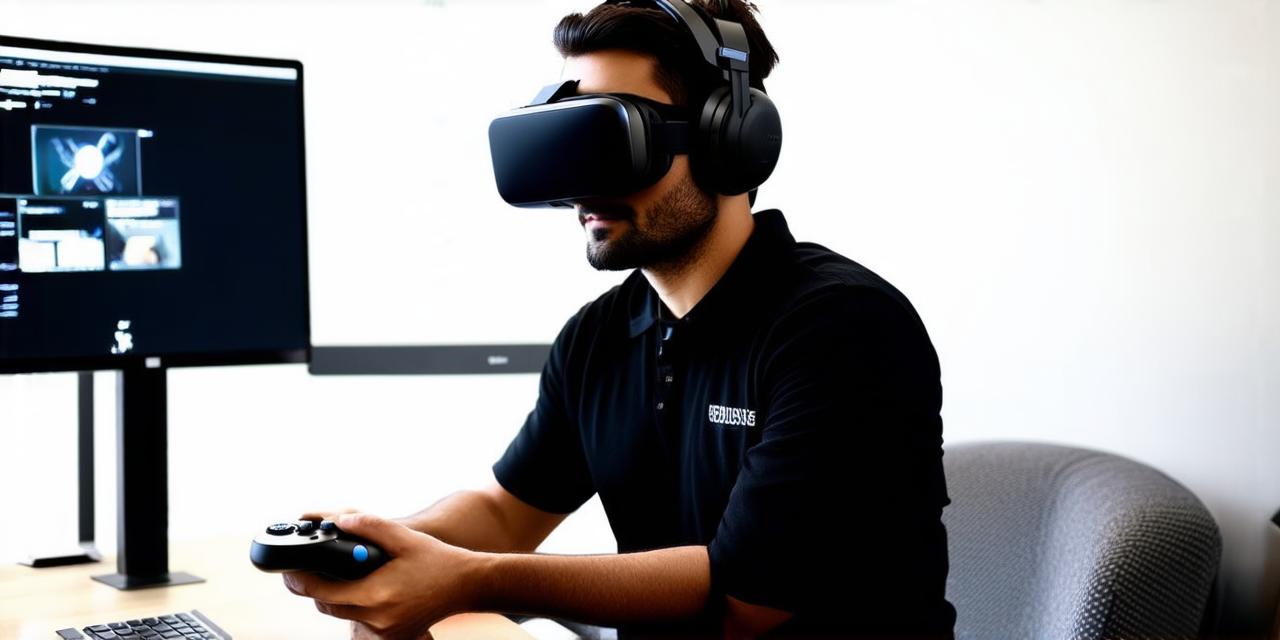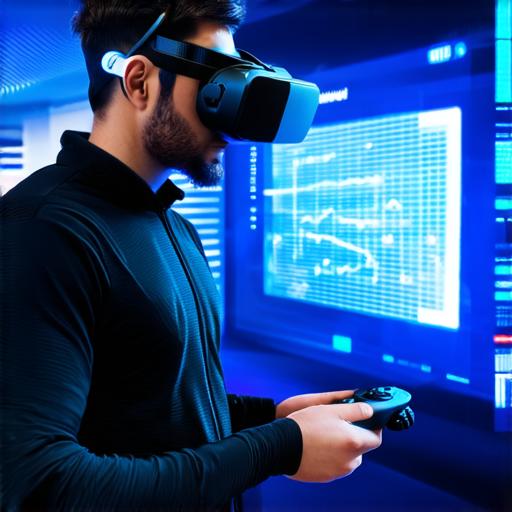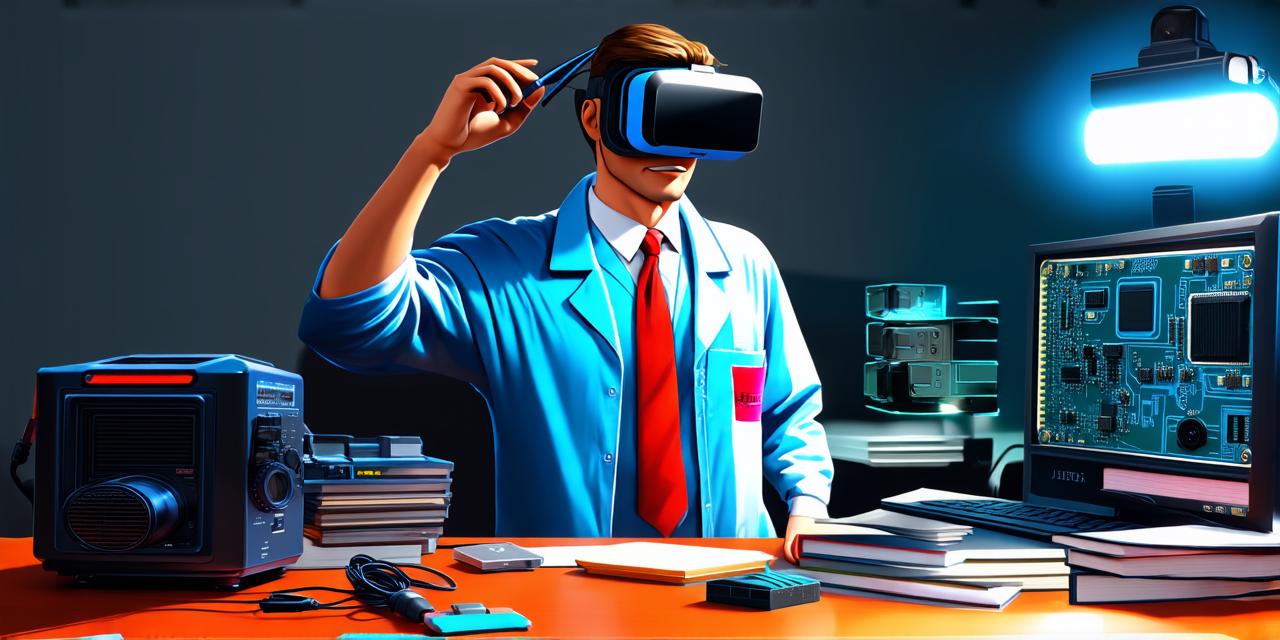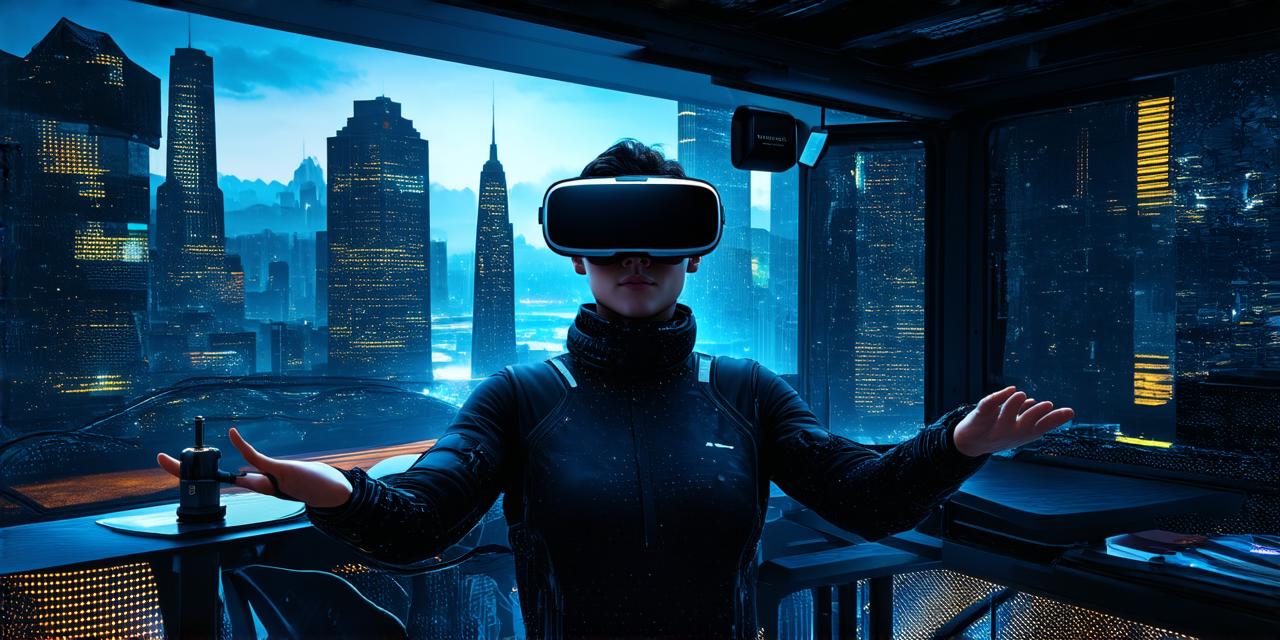
What is a VR creator?
Virtual Reality (VR) technology has revolutionized the way we experience immersive content. A VR creator is an individual or team of designers, developers, and engineers who are responsible for creating VR experiences, including games, simulations, and other interactive applications.
Table of Contents
ToggleRoles and Responsibilities of a VR Creator
VR creators can be divided into several categories based on their roles and responsibilities, including:
1. Designers
Designers are responsible for creating the conceptual design of the VR experience. They work closely with the client to understand their requirements and develop a plan for the project. This includes creating wireframes, mockups, and prototypes to visualize the user interface and ensure that it meets the client’s expectations.
2. Developers
Developers are responsible for coding the VR experience. They use programming languages such as C++, Unity, or Unreal Engine to create the interactive elements of the application. They also work with designers to ensure that the code aligns with the design plan.
3. Engineers
Engineers are responsible for creating the technical infrastructure of the VR experience. They work with developers to optimize the performance of the application, ensuring that it runs smoothly and without lag. They also work on improving the user interface, making it more intuitive and interactive.
4. Artists
Artists are responsible for creating the visual assets of the VR experience. This includes creating textures, models, animations, and other graphical elements that bring the virtual world to life. They work closely with designers to ensure that their creations align with the design plan.
Tools and Technologies Used by VR Creators
VR creators use a range of tools and technologies to create immersive content. Some of the most popular tools include:
1. Game Engines
Game engines such as Unity, Unreal Engine, and CryEngine are commonly used by VR creators to develop interactive applications. These engines provide a range of features, including support for VR headsets, physics simulation, and scripting languages.
2. 3D Modeling Software
3D modeling software such as Blender, Maya, and 3ds Max are used by artists to create textures, models, and animations for VR experiences. These tools provide a range of features, including support for real-time rendering and export to different file formats.
3. Motion Capture Software
Motion capture software is used by artists to capture the movements of actors and translate them into realistic character animations in VR experiences. This technology can be used to create more believable characters and interactions in virtual worlds.
4. VR Headsets
VR headsets such as Oculus Rift, HTC Vive, and PlayStation VR are used by VR creators to test and develop their applications. These devices provide a range of features, including support for different resolutions, refresh rates, and tracking systems.
Summary

In conclusion, VR creators are responsible for designing, developing, and engineering immersive content for virtual reality headsets. They use a range of tools and technologies to bring their ideas to life, including game engines, 3D modeling software, motion capture technology, and VR headsets. With the continued growth of VR technology, the role of VR creators is set to expand, and we can expect to see even more innovative and immersive experiences in the future.

